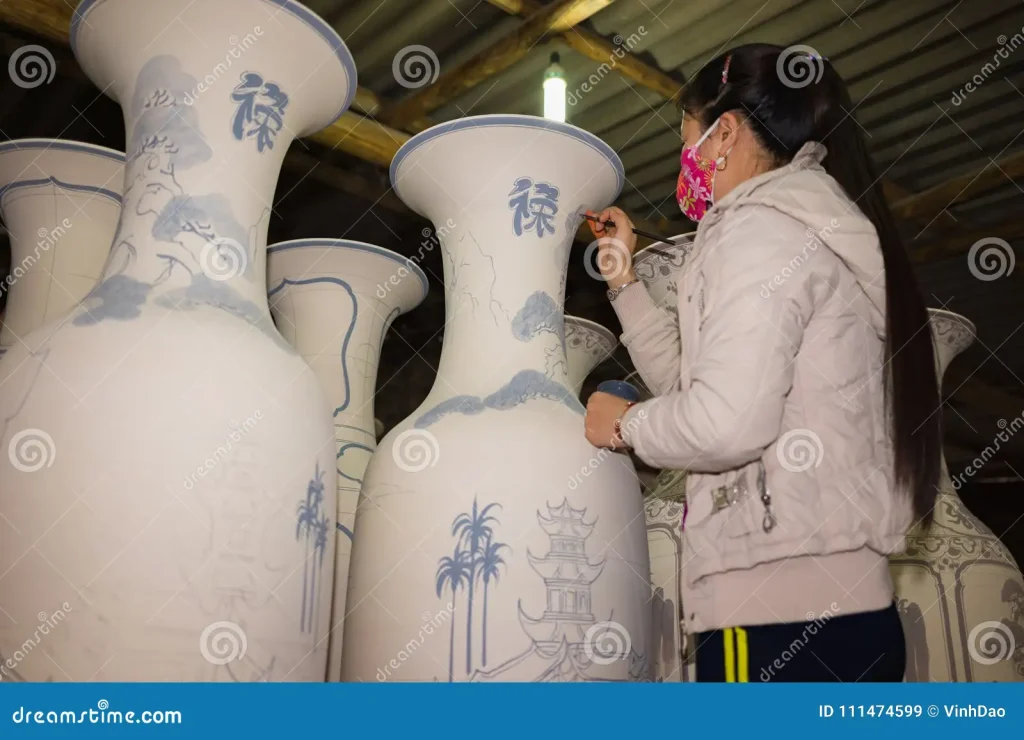The beauty market is growing strongly, where is the path for Vietnamese cosmetic brands?
Currently, the Vietnamese beauty market is growing at a steady pace, not only women but also men are gradually paying more attention and investing in beauty products. The Vietnamese cosmetics market is considered to be the most dynamic market in the region with the proportion of women regularly using beauty cosmetics increasing to 86% by 2022.

The cosmetics industry is considered one of the industries least affected by the epidemic. Therefore, in recent years, even though other industries are struggling to recover after the pandemic, the cosmetics industry is still growing extremely strongly.
Although the current market share in Vietnam is mostly occupied by imported cosmetic brands, in recent years, the number of Vietnamese cosmetic brands is increasing significantly. The cosmetic lines of Vietnamese brands are also very diverse and not inferior to other international brands.
Nowadays, consumers increasingly prefer cosmetics that do not contain chemicals. Therefore, many Vietnamese businesses have conducted research and launched cosmetic lines extracted from natural ingredients.

Craftsman Driven
Within the strategy for developing Vietnam’s cultural industry, handicrafts are a foundation for developing creative designs and cultural tourism. More work, however, is required for the sector to contribute strongly to the development of the cultural industry.

Bamboo and rattan, ceramics, wooden furniture, embroidery, lacquer, and stone carving. With more than 2,700 craft villages, Vietnam is home to about 200 different types of handicraft products, many of which have been produced for hundreds or even thousands of years.
Artisans at craft villages have diligently maintained their occupation and created new products.








